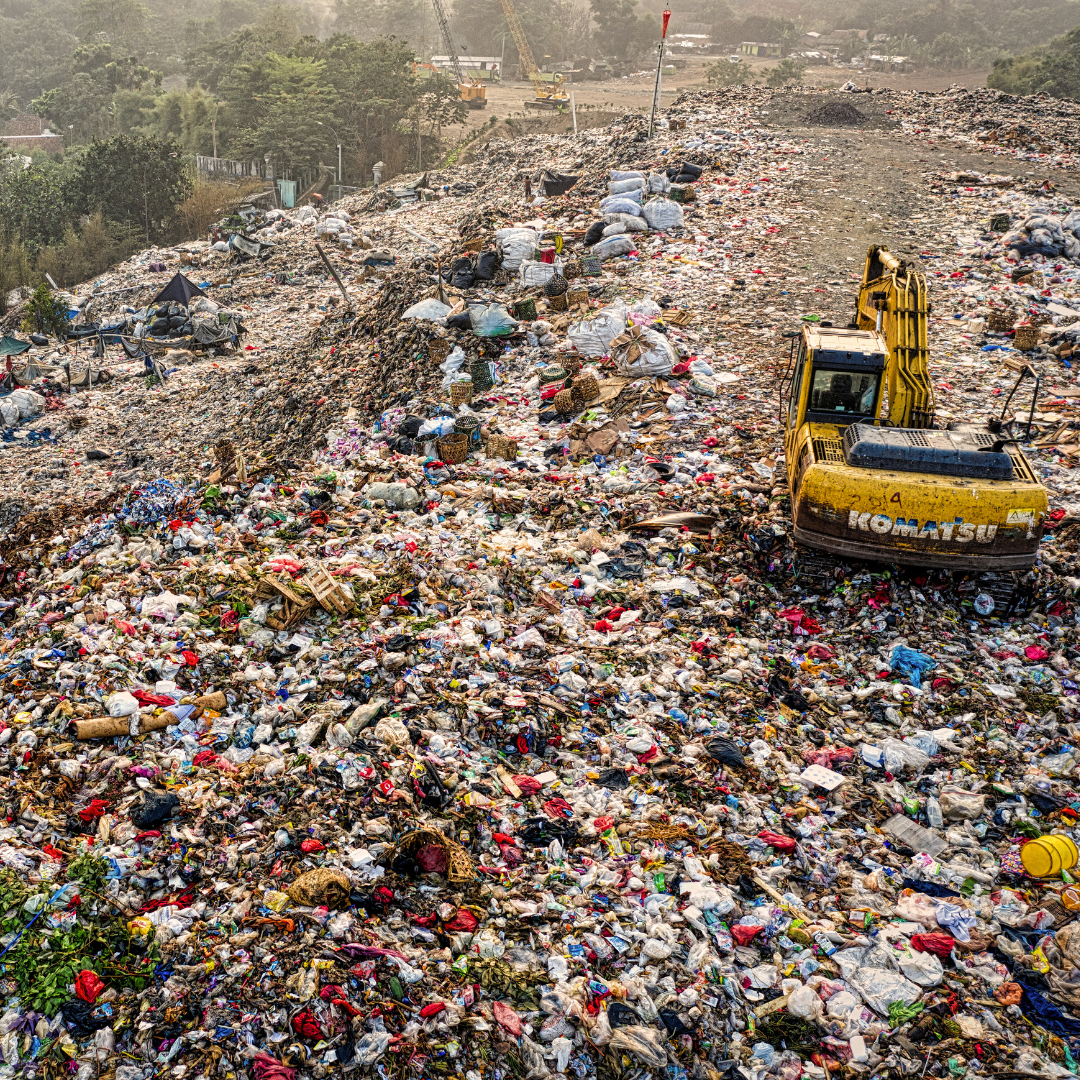The Impact of Clothing Waste: Why We Should Care

In our world trends flash by in the blink of an eye. it’s easy to overlook the consequences of our clothing choices. We buy, wear, discard, and repeat without giving much thought to where our clothes end up or the effects they have. However, the impact of clothing waste is a growing problem that impacts not just our environment but also our communities, economies, and even our health. So, it’s time for us to take a closer look about why we should care about clothing waste and what we can do to mitigate its effects.
The environmental toll of clothing waste
Clothing waste has a massive environmental footprint. The fashion industry alone is responsible for 10% of global greenhouse gas emissions, more than all international flights and maritime shipping combined. Every year, over 92 million tons of textile waste is generated worldwide, with a large portion ending up in landfills. These discarded clothes, often made from synthetic fibres like polyester, can take up to 200 years to decompose. During this slow decay, they release harmful greenhouse gases like methane, contributing further to climate change.
The production of clothing, particularly in the fast fashion sector, is also incredibly resource intensive. For instance, producing a single cotton t-shirt requires around 2,700 litres of water—that's enough water for one person to drink for nearly three years! And it doesn’t stop there. The dyeing process for fabrics uses toxic chemicals that often end up in rivers and oceans, polluting water sources and harming aquatic life.
When we discard these items without a second thought, we're not just throwing away fabric; we're wasting the immense amounts of water, energy, and raw materials that went into making them. This wastefulness accelerates environmental degradation, contributing to deforestation, water scarcity, and biodiversity loss.
The human cost of fashion waste
Beyond its environmental impact, clothing waste has serious social implications. The fast fashion industry, which thrives on rapid production and low costs, often relies on exploitative labour practices. Garment workers in developing countries are typically paid little wages and work in unsafe, inhumane conditions. Shockingly, some workers earn less than $3 a day, and many are subjected to long hours with little to no legal protection.
When we contribute to clothing waste, we are indirectly supporting a system that devalues human labour and perpetuates inequality Additionally, the disposal of clothing waste in landfills or through incineration can have dire effects on communities living nearby. These areas often suffer from pollution and health issues as a result of toxic chemicals leaching into the soil and water.
Economic Consequences of Discarded Clothes
Clothing waste has serious economic implications that affect everyone. First, dealing with all the discarded clothes costs a lot of money. Local governments spend millions managing textile waste, from collecting and transporting it to processing or disposing of it in landfills.
The fast fashion industry, which encourages people to buy lots of cheap, trendy clothes, also harms the economy in the long run. Because these clothes are often poorly made and quickly go out of style, people end up buying more and more, which leads to more waste.
If we reduce clothing waste, we can save money on waste management and support a more stable and fair economy. By choosing quality over quantity, we can encourage sustainable practices that benefit everyone in the long term.
What can we do to make a difference?
Caring about clothing waste doesn’t mean we have to stop enjoying fashion altogether, but it does mean we need to be more mindful of our consumption habits. Here are a few steps we can all take to reduce our impact:
- Buy less, choose well: invest in high-quality and timeless pieces that are made to last. By purchasing fewer items. you can reduce the demand for fast fashion and decrees the amount of clothes in landfill.
- Embrace second hand: Thrift shopping and swapping clothes with friends are great ways to extend the life of garments. Not only does this reduce waste, but it also supports a more circular economy.
- Recycle and Repurpose: If your clothes are beyond repair, look for textile recycling programs in your area. You can also get creative by repurposing old clothes into new items, such as turning a worn-out t-shirt into cleaning rags.
- Support Sustainable Brands: Choose brands that prioritize sustainability, fair labour practices, and environmental responsibility. By supporting these companies, you help drive demand for ethical fashion. Look at our Top 10 sustainable brand blog for help on where to shop.
- Spread Awareness: Educate yourself and others about the impact of clothing waste. The more people are aware of the issue, the greater the collective effort will be to address it.
The impact of clothing waste is a pressing issue that affects us all. From environmental degradation to social injustice, the consequences of our throwaway culture are too significant to ignore. By making more conscious choices in how we buy, use, and dispose of clothing, we can reduce our footprint and help create a more sustainable future. It’s time to rethink our relationship with fashion and recognize that every piece of clothing we discard carries a hidden cost. Let’s choose to care, and in doing so, make a positive impact on the world around us.



